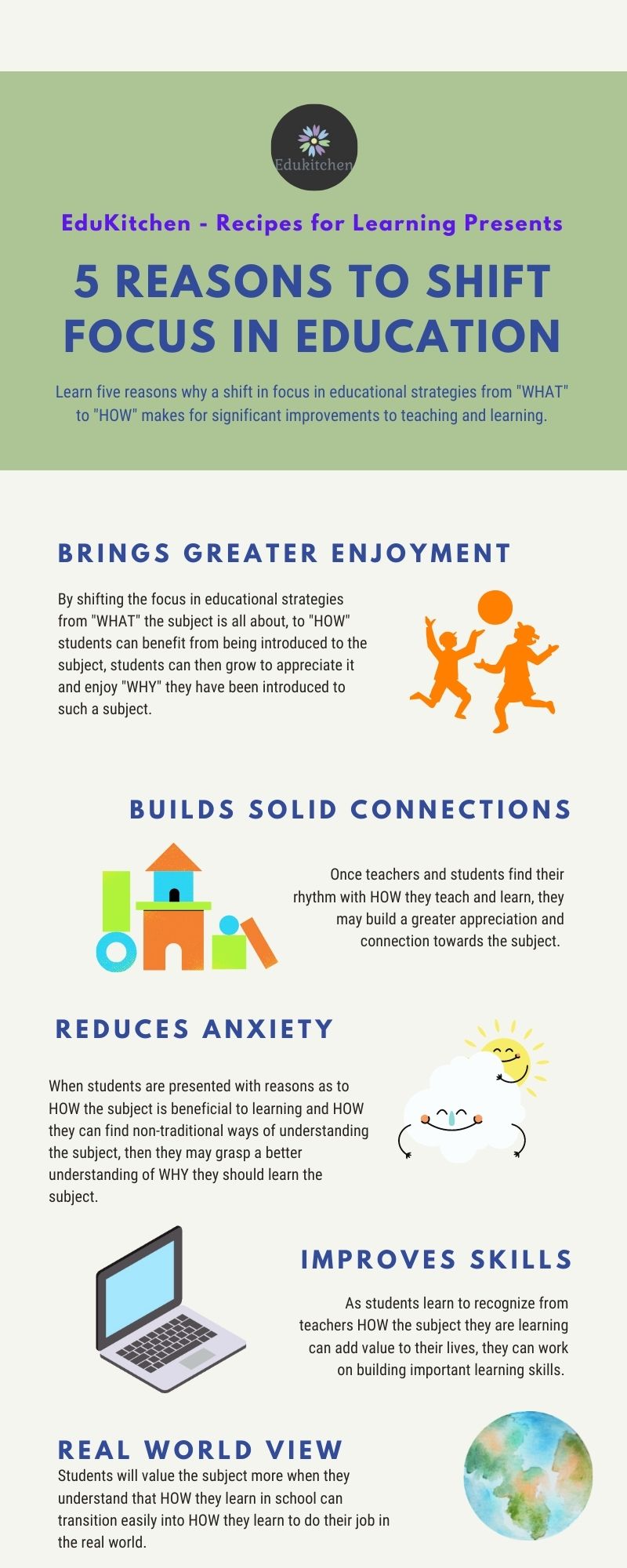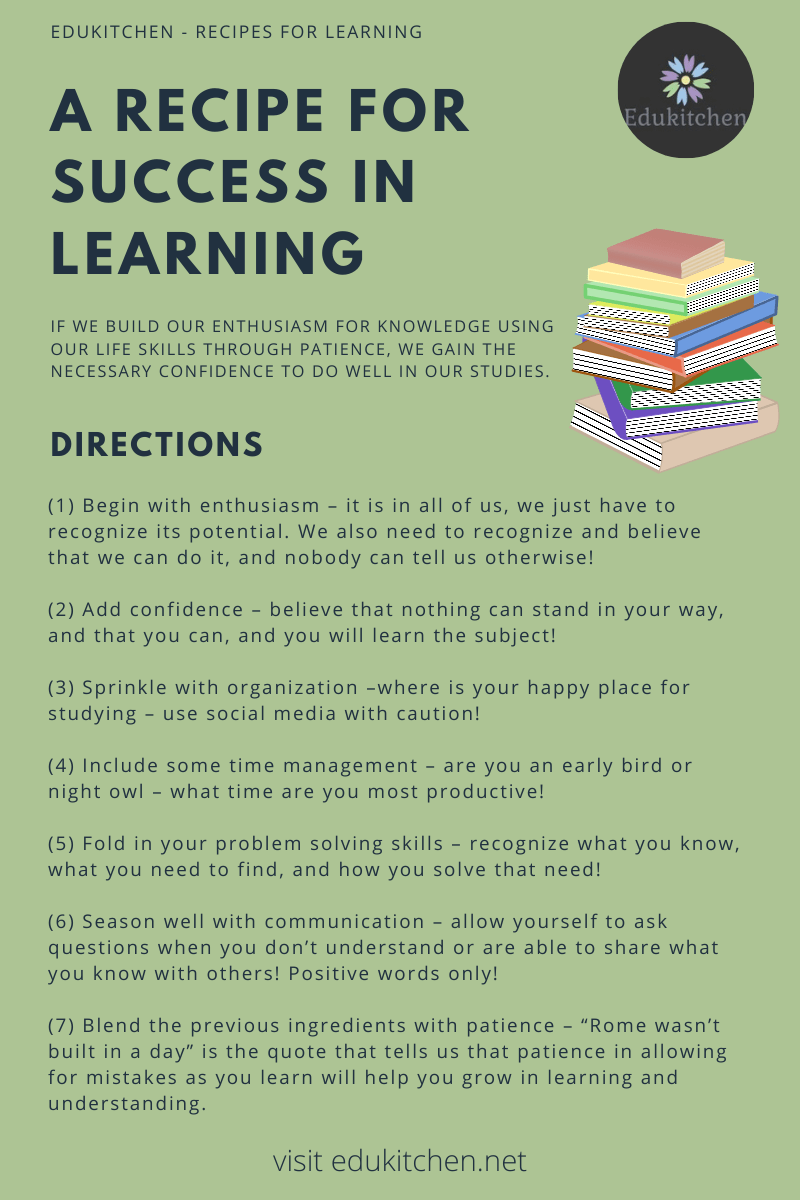In this article we provide the connection between Bloom’s Taxonomy and active participation with learning and how homeschooling parents can ask better questions in the classroom.

The Connection Between Bloom’s Taxonomy & Student Participation
Asking questions to keep students interested in the lesson benefits both homeschooling parents, as teachers, and students with building critical thinking skills.
We look at using Bloom’s taxonomy as a guide to building the right kinds of questions to allow for student participation to increase.
When student participation increases, this opens up the levels of communication between teachers and students.

This in turn allows for additional learning to take place, and keeps the time exciting for both teachers and students.
At the end of this article you can sign up to view our digital resources to use in the classroom for building confidence in teaching and learning in the classroom.
This blog contains affiliate links to highlighted websites and/or resources. By clicking on the link and making a purchase we may earn a small commission at no extra cost to you. Click here for full disclosure.

Looking for a good source to have students to have an outlet to express their emotions? Consider visiting promptly journals to view their wide selection of journals for every situation!
Click here to view and choose from among their wide variety of journal types.
The main focus of this article is in how to ask better questions. It takes into account that these questions can be used in any classroom (i.e. in-person or online) and with any subject.
When in reality all persons are capable of having such skills because of the creativity we all have inside of us.
We just need that inspiration to get us into our creative side.
What Are Critical Thinking Skills?
In education, we get this impression that critical thinking skills are ones that only the truly educated can possess.
When in fact critical thinking skills simply means to use your own objective (open) approaches to asking questions or challenging what is before for your own level of understanding.
These skills meant to encourage new ways of thinking to bring about new insight to knowledge.
Critical thinking skills are closely tied to being creative. When we encourage students to get creative in their approaches to learning, they are building their critical thinking skills.

Therefore, we will begin by saying that one way teachers can increase student participation is to be open with students when taking in consideration the questions they may have, rather than dismissing them.
Allowing students the space to ask (relevant) questions without judgement, means that teachers can begin to assess their level of understanding and begin to incorporate Bloom’s taxonomy.
What is Bloom’s Taxonomy?
In 1956, Benjamin Bloom along with fellow contributors, developed and published a framework of educational goals that has since been used by teachers and college instructors in the K-12 education system worldwide.
The original framework consisted of six categories written as nouns; knowledge, comprehension, application, analysis, synthesis, and evaluation.
It was seen as pyramid with the notion that there must be a solid foundation before moving to the higher level of thing.

Blooms Taxonomy in 1956.
In 2001, Bloom’s taxonomy was revised to appear less constricting in its expectations and exchanged the final two levels to have synthesis (create) come above evaluate.
The names were also changed to appear more actionable (the words now appear simpler and in verb form).

Bloom’s Taxonomy in 2001.
Why Use Bloom’s Taxonomy?
Education, like most other fields, works on using effective approaches to get results.
Bloom’s Taxonomy is often referenced because it guides educators with the approaches to identifying what goals students of varying levels can achieve and how to create plans to meet them.
This approach allows educators to use formative assessments to encourage students to reflect and improve on their progress.

Note: As with any approach used in education, it is important to exercise caution and not rely on assumptions that could lead to stereotypes when it comes to student levels in terms of expectations.
How to Increase Participation with Learning at Home
We will now look at how homeschooling parents can use the six levels of Bloom’s taxonomy to help with increasing student participation and learning.
Level 1: Remembering
In this level students are expected to show that they remember previous knowledge gained.
At this stage the teacher can ask questions to see how much of the information was retained before moving on to new information.
Teachers may begin asking questions by using actionable words such as: tell, list, define, describe, match, identify, state.

It is always a good strategy to have students go back to this stage if they are having trouble with understanding new material so they can understand exactly where they are having trouble.
Example: Stating rules or steps before carrying out any activity.
An example of having students demonstrate that they remember what they learn is to state rules to an activity or steps to a solution before beginning to take action. This is so that they are prepared to go to the next level of understanding.
Level 2: Understanding
At this level students are capable of showing that they have understood the concept of the activity or problem, by being able to restate the activity or problem in their own words mentioning the main idea and details needed for understanding.
Teachers may use the following actionable words to have students demonstrate they understand.
Teachers may ask questions that begin with: explain, give an example, defend, infer, predict, rewrite, summarize.

If students are having trouble with showing understanding of new material, prompt them with questions from the previous stage to by having them recall previous knowledge (what they already know) and have them understand that they are building on what they know.
This way students can gain the confidence to demonstrate that they are understanding the new knowledge.
Example: Explaining or demonstrating rules or steps in their own words.
An example of having students demonstrate that they understand new knowledge is to explain or demonstrate the rules to an activity or steps to a solution in their own words.
This is so that they are prepared to go to the next level of applying the new knowledge gained.
Level 3: Applying
At this level students ready to apply the new knowledge gained through words or actions.
Teachers may use the following actionable words to have students show how they can apply new knowledge gained.
Teachers may ask questions that begin with: apply, demonstrate, show, prepare, produce, relate, solve.

If students are having trouble with applying the information they understood, it is important teachers, first ask students to demonstrate understanding once again.
Next is to demonstrate how to use knowledge gained in applying it to get results or outcomes. This way students can gain the enthusiasm to apply knowledge gained in their own way.
Example: Applying the rules or steps needed to complete or solve the activity with productive outcomes or correct and logical results.
An example of having students apply new knowledge is have the students write down or present their understanding of the rules to an activity or steps to a solution through using materials or manipulatives.
This is so that they are able to communicate how they are applying the new knowledge gained in order to go to the next level of analyzing the relevance or value of the new knowledge gained.
Level 4: Analyzing
At this level students ready to further explore deeper meanings behind knowledge gained- specifically asking why or how this information is relevant to themselves and society in general.
Teachers may use the following actionable words to have students show how they can analyze new knowledge gained.
Teachers may ask questions that begin with: analyze, compare, contrast , identify, illustrate, outline.

If students are having trouble with analyzing the information teachers may ask students to apply their knowledge to more give more examples.
Doing so will help students begin to use their critical thinking skills to analyze the relevance of the knowledge gained so that they can begin to evaluate further meaning behind the knowledge gained in their own way.
Example: Analyzing whether a different set of the rules or steps needed to complete or solve the activity may also result in productive outcomes or correct and logical results.
An example of having students analyze new knowledge is have the students begin to use their critical thinking skills to compare and contrast wether new approaches will yield the same outcomes and positive results.
This is so that they are able to begin to appreciate that there can be more than one way to approach and retain new knowledge in order to go to the next level of evaluating which approach works best for the individual student.
Level 5: Evaluating
At this level students ready to form their own judgements on new knowledge gained and how they may relate the knowledge to their benefit both inside and outside the classroom.
Teachers may use the following actionable words to have students show how they can evaluate new knowledge gained.
Teachers may ask questions that begin with: evaluate, conclude, justify, relates, summarize, support.

If students are having trouble with evaluating the information teachers may ask students to reanalyze their information and see if they need to gain more information.
Doing so will help students further use their critical thinking skills to create ways in which others may learn from as well.
Example: Evaluating whether their different set of the rules or steps needed to complete or solve the activity may be understood by other students as well.
An example of having students evaluate their new knowledge is have students share or demonstrate their approaches with others and see if others are able to yield the same outcomes and positive results.
This is so that they are able to begin to see how others may benefit from their approach in order to go to the next level of creating ways others can also benefit.
Level 6: Creating
At this level students are ready to use their critical thinking skills to create ways to show how they have benefited from new knowledge gained.
Teachers may use the following actionable words to have students show how they can create ways to benefit from new knowledge gained.
Teachers may ask questions that begin with: create, devise, design, generates, modify, organize, plan, rearrange, reconstruct, reorganize.

If students are having trouble with creating new ways to present knowledge gained, teachers may ask students to re-evaluate their information and see how they can present the new information.
Doing so will help students further use their critical thinking skills to create ways in which others may learn from as well.
Example: Creating new opportunities to see if fellow classmates can follow their different set of the rules or steps needed to complete or solve the activity.
An example of having students create new opportunities to make use of their new knowledge is to use creative outlets ( games, comics, plays, music, dance) to see if others are able to follow the new set of rules.
It is important to also remember to have students enjoy their time in class, so in increasing student participation, what role does emotion play in asking questions.
The Role Emotions Play In Asking Questions
The role of emotions in the classroom has finally evolved to the point where it is seen to be an important part of learning.
When teachers allow for emotions to be acknowledged and communicated, students can feel safe to share more of what they are thinking.
If students are not comfortable speaking their emotions, consider having them write them down in a personal journal.

As students share more of what they are thinking teachers can make students see that any negative emotions they are feeling are perhaps because of not being able to ask the questions they have wanted to ask earlier.
If teachers are able to change students’ perceptions from what they don’t know to what they do know, then true learning can begin to grow within the students.
Teachers who recognize the excitement students get when they feel like they are really learning something will see it in their eyes and level of participation.
How to Increase Student Participation
If you have read the full article until now you will have seen how I relate to you how to increase student participation.
It is through acknowledging emotions and allowing students the time and freedom to move through the levels of reaching their educational goals using Bloom’s taxonomy.

Teachers who accept flexibility in their classroom when it comes to students asking questions, and in asking students questions. will find that students will want to increase their level of participation on their own.
Related Topics
Explore more of our educational topics by clicking on the links below.
- 5 Classroom Management Strategies for Homeschooling
- How to Use Formative Assessments in the Homeschool Classroom
- 7 Tips for Homeschool Lesson Planning
- 5 Important Tips for New Homeschooling Teachers
- The Influence of Parents on Education Policy
Join Our Newsletter Community Today!

Final Thoughts…
Teachers who expect students to pass through the stages of Bloom’s taxonomy at their pace instead of at the student’s own pace, will find time with students in the classroom to be challenging.
Classroom management may suffer, and issues with behavior may begin to arise.
Students are in the classroom to learn, and if they feel that they are being judged because they cannot meet the level of others in the classroom, teachers may find only one or two students showing participation in the class.
Therefore the best way to avoid cricket sounds in the classroom is for teachers to be flexible with their questions to allow for students time to build their confidence and enthusiasm for being in the class and participating in the lesson.
By building students’ enthusiasm for being in class, teachers are also laying the foundations to building long lasting teacher and students relationships.
Click to read more about the importance of student and teacher relationships in the classroom.
For more on teachers and teaching strategies from EduKitchen – Recipes for Learning, click here.
Note: Relevant information used in this article can be found by visiting the link on Facilitating Learning.
Share Your Thoughts
Leave us a comment below, share your thoughts on this article, and let us know whether you agree with our thoughts on using Bloom’s taxonomy in the classroom?



